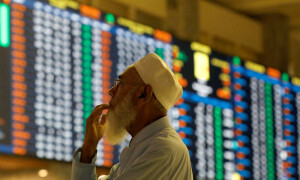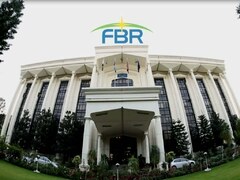SYDNEY: The Australian and New Zealand dollars held solid gains for the week on Friday and looked set to break some major chart barriers as their U.S. counterpart came under broad-based pressure.
The Aussie was holding at $0.6667, having added 1.2% for the week so far to be well away from the $0.6585 trough hit early in the week. Resistance lies at the November top of $0.6797 and a break would open the way to the 200-day moving average at $0.6936.
The kiwi dollar was poised at $0.6256, having climbed 1.6% for the week and off a low of $0.6091. That was within a whisker of the 200-day MA at $0.6299, a barrier not breached since April.
The kiwi was still benefiting from an ultra-hawkish outlook by the Reserve Bank of New Zealand (RBNZ) which not only hiked rates by a record 75 basis points to 4.25% this week, but also flagged further rises to as high as 5.5%.
Markets have quickly priced in another 75 basis points when the RBNZ next meets in February, while the yield curve clearly signals recession ahead.
Two-year yields were up a steep 35 basis points for the week at 4.63%, while 10-year yields barely changed as markets priced in rate cuts for 2024.
That left 10-year yields a huge 48 basis points below the short-end and turned the curve to the most inverted since the global financial crisis in 2008.
“We don’t disagree with the RBNZ’s view of a higher rate peak but doubt its optimistic outlook that 5.5% will result in only a ‘shallow’ recession based on its forecasts,” said Alex Loo, a macro strategist at TD Securities.
“While the risk is that the RBNZ may bring rates to a peak quickly, we think the Bank may also be swift to cut interest rates once inflation eases back from its peak more quickly than it expects and huge job losses are realised.”
The Reserve Bank of Australia (RBA) is on a far different track, having slowed the pace of hikes precisely because it wants to avoid a recession.
Investors are wagering it will lift rates by another quarter point to 3.10% in December and top out at just 3.85%, far short of the RBNZ’s target.
That relatively dovish view means the Australian yield curve is nowhere near inverting, with 10-year yields 30 basis points above the two-year at 3.57%.

























Comments
Comments are closed.